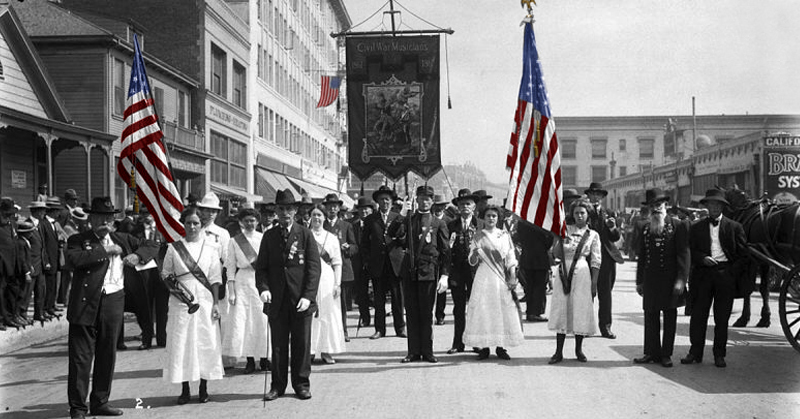A question that is interesting to ponder is whether other eras looked at past conflicts the way we look at World War Two (WWII). After all, almost the same amount of time has passed between 1940-1865 as between 2018-1945.
Today’s society has a certain perspective when it comes to the events of WWII: we look back and remember the sacrifices and events that happened all those decades ago. It is interesting to think that it is a similar perspective was likely to be taken by people in the WWII era in how they viewed events of the Civil War.
Now, there are few original sources and survivors left of WWII. For many of us, our first exposure to the conflict is in history class. We might then find out that our grandfather fought in the Pacific or maybe helped liberate France.
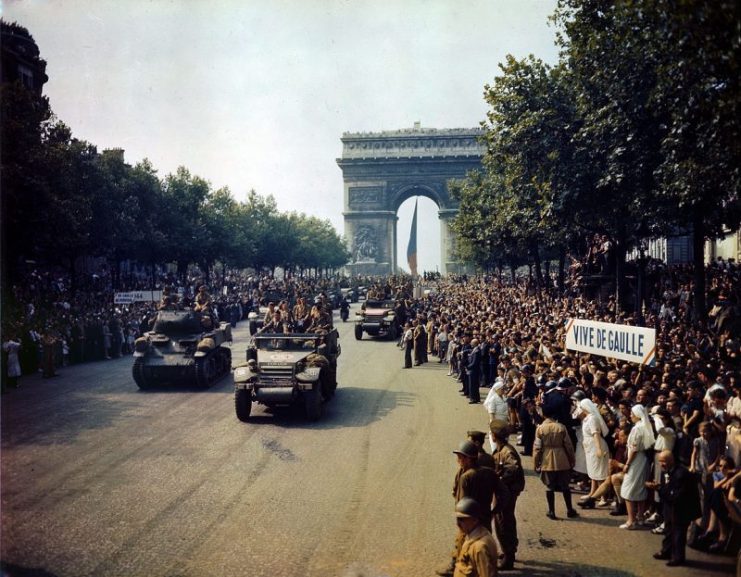
For people from that earlier era, their experience would have been discovering that their grandfather had fought at Gettysburg, been wounded at Antietam, or, in some cases, surrendered with Lee at Appomattox.
Today, all over the world, you can find monuments and museums dedicated to the lives lost and battles won in WWII. When these are opened or unveiled, there’s often a small group of old men standing off to one side in a place of honor. These men lived through the events being commemorated. There is no separation for them.
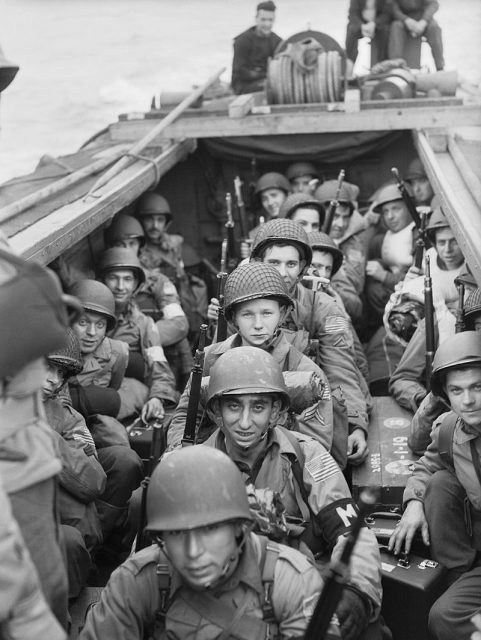
Veterans of both sides will meet, shake hands, and tell stories of their experiences from the conflict being memorialized.
It was the same after 1865. For example, President Roosevelt once conducted an address at the Gettysburg Battlefield. This address was attended by veterans of both sides of the conflict.
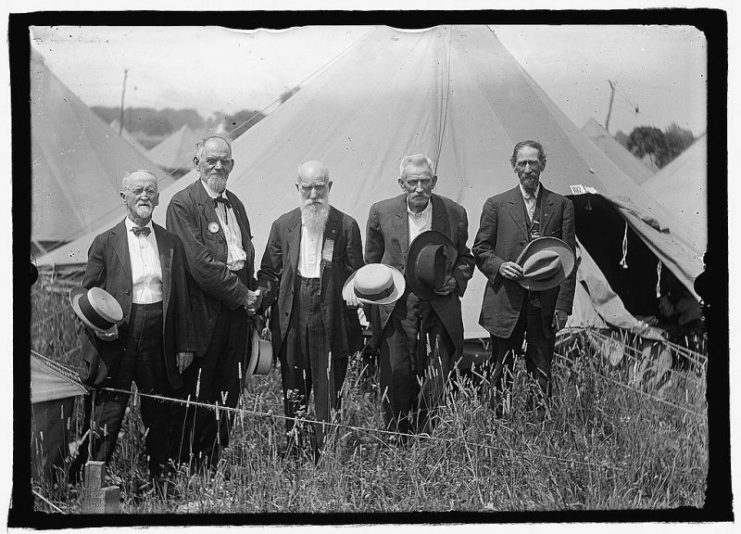
Interestingly, in a parallel to our modern Honor Flights and Vets Roll programs, the federal government at the time paid for veterans from both sides to be able to attend. The federal backing of the event went so far as to include special railway cars, medical staff, and a military encampment for the men to stay in.
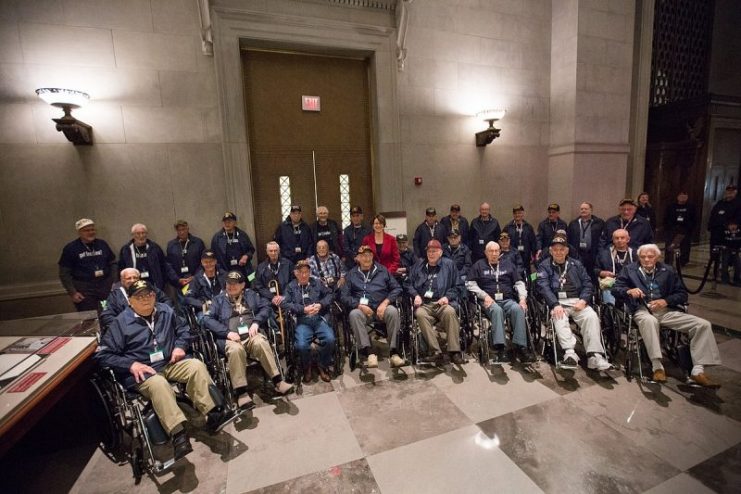
The 1920s-1940s were also a hotbed of commemorations and memorial placings, much like we see today for WWII events. All over our country are memorials to the men who fought in the Civil War which date from that era.
There are surviving films in the Library of Congress which record the ceremonies that took place, ceremonies which are almost identical to modern ones. I attribute that to a similar desire that we have today: to recognize the bravery and sacrifice of the veterans while they are still with us.
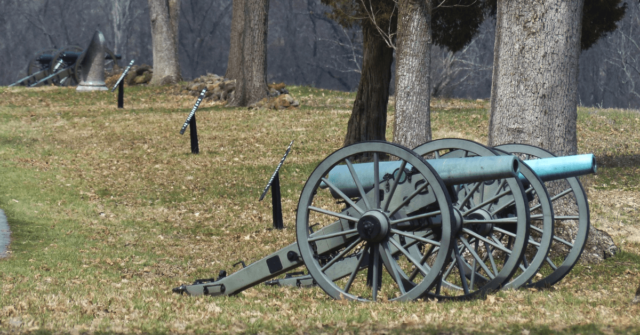
I can personally vouch for this due to having spoken to and interviewed many WWII veterans and people who lived in that era. Almost to a man, they mention talking about their grandparents and the Civil War while they were growing up.
One particular gentleman that I spoke to about this issue was extremely proud that he had gotten to talk to veterans of the Civil War. He would speak about how his town had Decoration Day parades and Fourth of July parades where they would fill horse-drawn wagons with tottering old men in Blue and Gray.
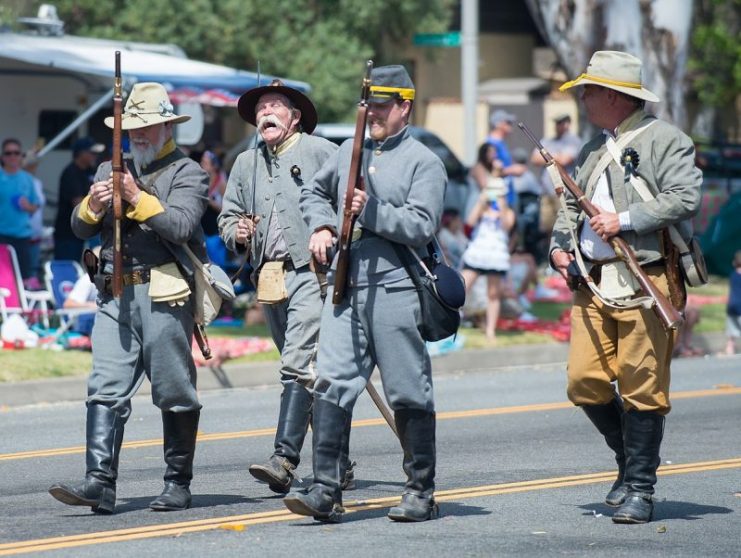
Towns would come to a halt to honor such men. Flags would be unfurled, bands would play, and speeches would be given in commemoration.
In today’s era, we continue to have ever smaller reunions and gatherings for WWII veterans and their families. The Grand Army of the Republic (GAR) and United Confederate Veterans (UCV) plan and hold national and regional reunions and get-togethers at the battlefields where they had once fought.
You can see men embracing each other, men who had once fought bitterly over that same ground many years ago.
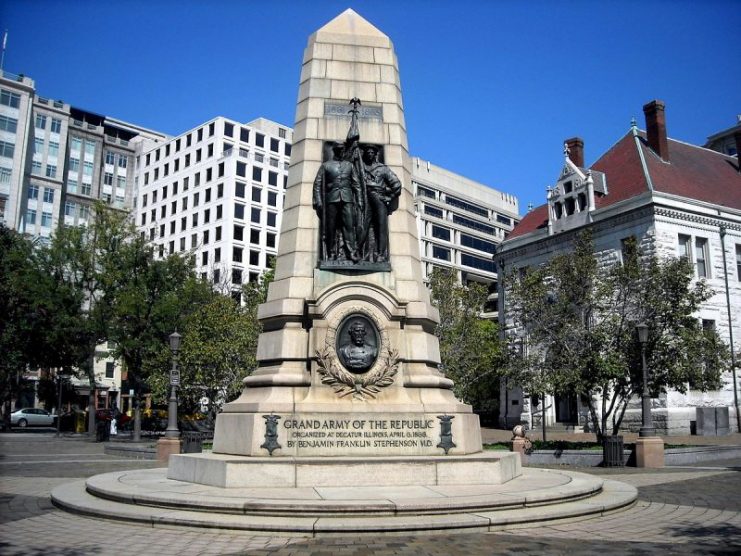
Another significant parallel between the two eras is Decoration Day, or Memorial Day as we know it now. This event came about shortly after the Civil War as a day to honor the fallen by placing decorations on their graves.
This tradition soon spread nationally through the influence of the GAR and UCV, and Decoration Day became a day to remember all Americans who had fallen, not just Union veterans.
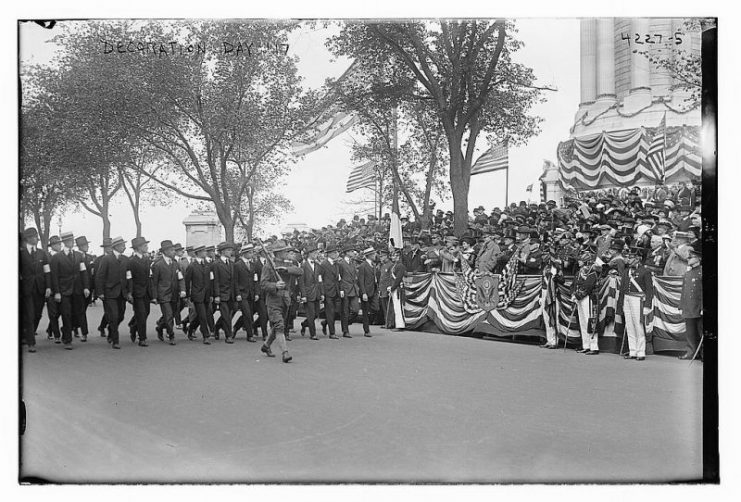
It became more widespread as the years went on, and eventually morphed into Memorial Day after WWII when it became the national day of remembrance. As fervently as we now recognize Memorial Day, there were once weekend-long observations for Decoration Day.
As an additional factor, you see in the post-Civil War era the beginnings of the re-enacting hobby that continues to this day.
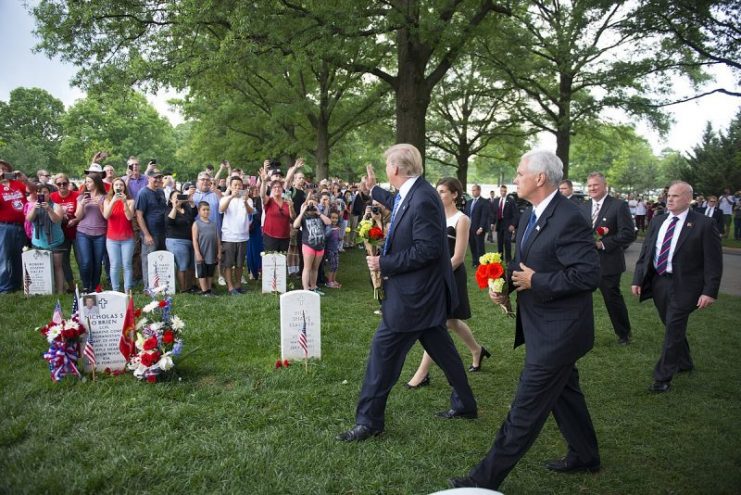
Back in the 1930-40s, it was still possible to buy original and still usable Civil War equipment in a hardware or surplus store. In the 1980s, it became a popular hobby to take part in WWII re-enacting.
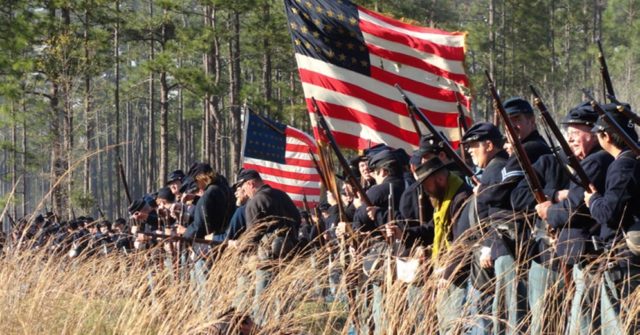
Any re-enactment will greatly benefit from having direct historical sources and participants available. Nothing is a better evaluator of how your re-enactment goes than a man who was actually at the battle.
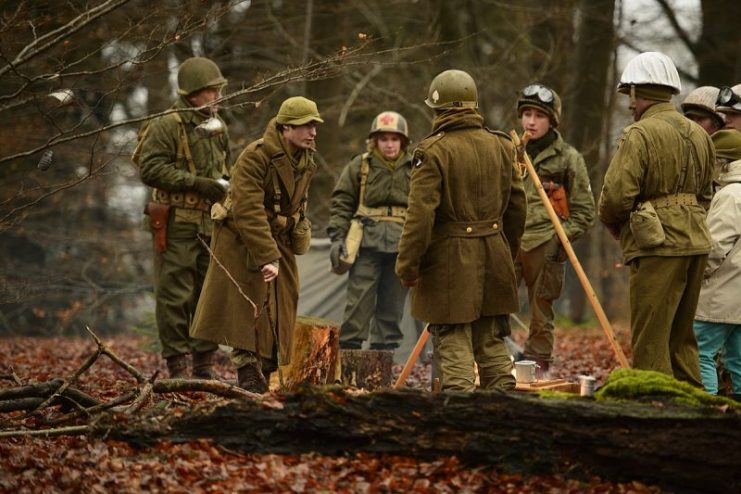
Read another story from us: Manassas Civil War Weekend Abandons “Civil War”
Given the similar amount of time that has passed and the nearly identical memorial traditions that have been observed during the two eras, it is likely that the people of the WWII era regarded the Civil War in the same manner as we now look back at WWII.
